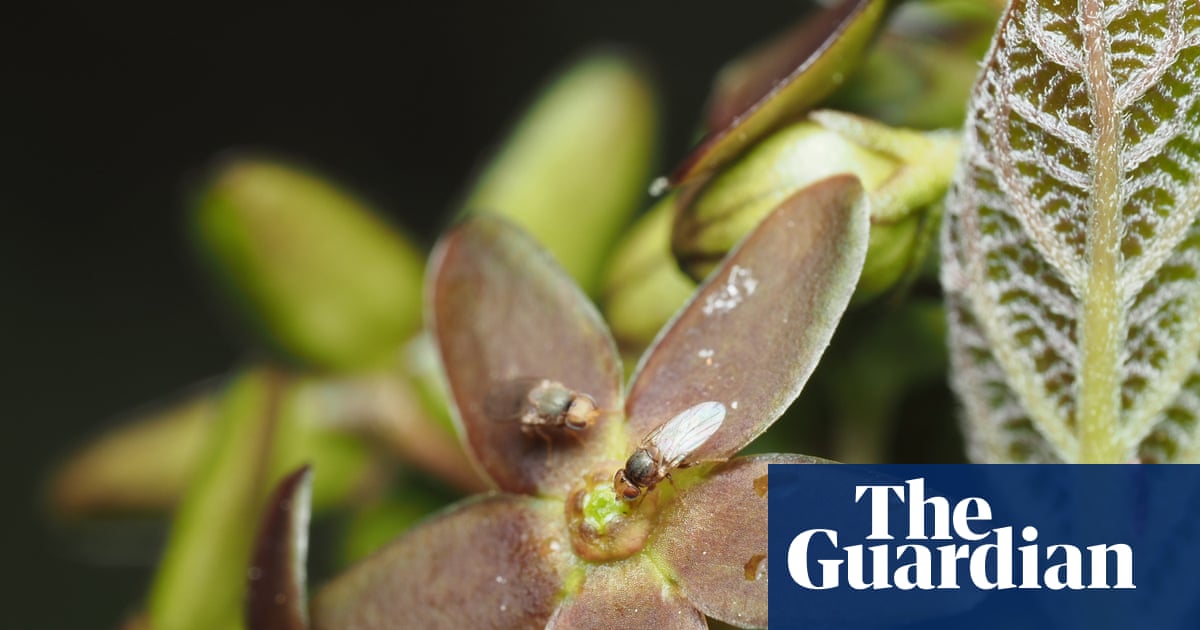
"The species of dogbane is the first plant known to boost its chances of reproducing by copying the scent that ants release as an alarm call to their nestmates when they come under attack by spiders and other predators. This is the first evidence of ant mimicry in plants, said Ko Mochizuki, a botanist at the University of Tokyo. Without this specific scent, the plant would not be able to achieve reproductive success."
"Intrigued as to what attracted the flies, Mochizuki analysed chemicals released by the plant and found a cocktail of volatile compounds including nonane, undecane and other substances known as 8Ac, 10Ac and 6-MMS. He then analysed pheromones released by ants in a jar when they were attacked by a jumping spider. These substantially overlapped with the odours released by the dogbane, according to the report in Current Biology."
Vincetoxicum nakaianum, a Japanese dogbane species, increases pollination by emitting volatile chemicals that mimic ants' alarm pheromones. Fruit flies that search for injured ants and carcasses are attracted to those odours and visit the plant's flowers, transferring pollen. Chemical analysis found a cocktail including nonane, undecane and compounds labeled 8Ac, 10Ac and 6-MMS, which substantially overlap with pheromones released by ants attacked by spiders. Spiders that prey on ants typically consume internal tissues and leave exoskeletons, creating cues for scavenging flies. Y-maze behavioural trials showed flies prefer odours from attacked ants, linking mimicry to the plant's reproductive success.
Read at www.theguardian.com
Unable to calculate read time
Collection
[
|
...
]